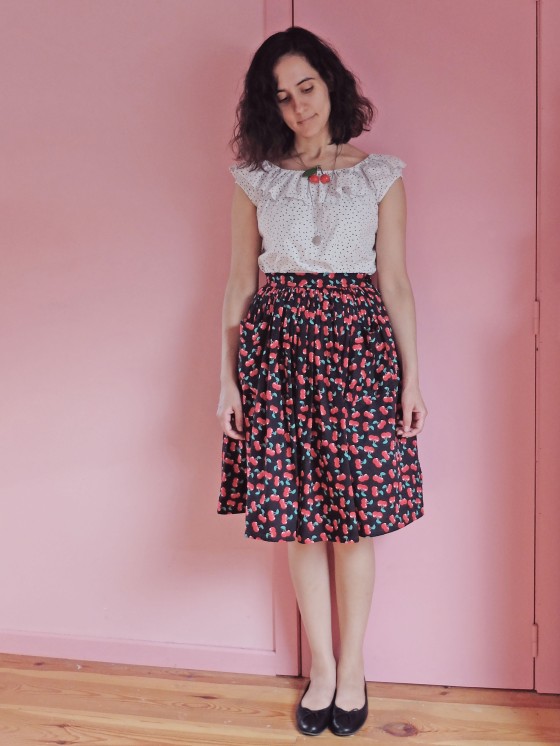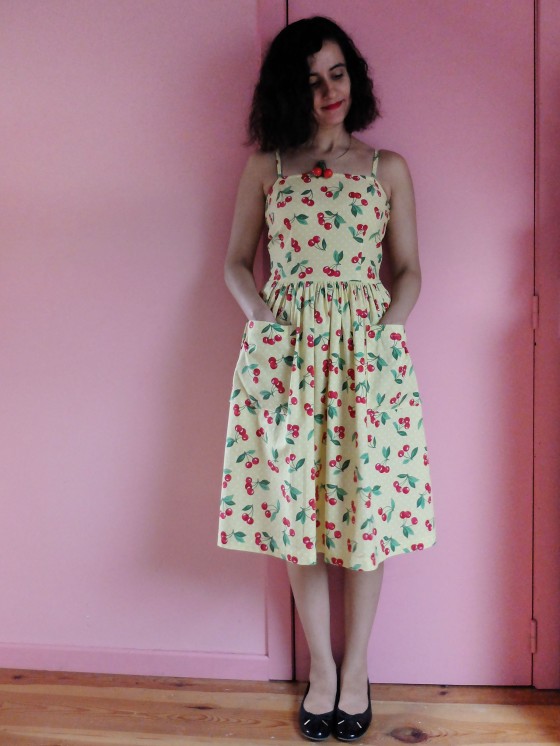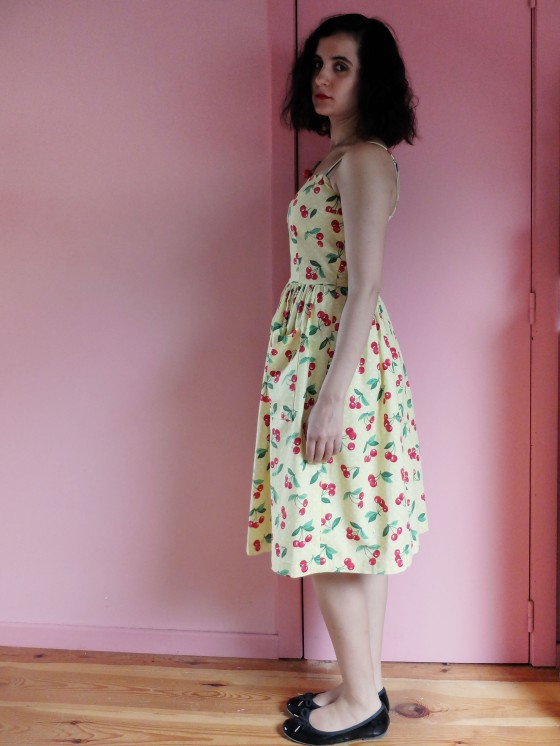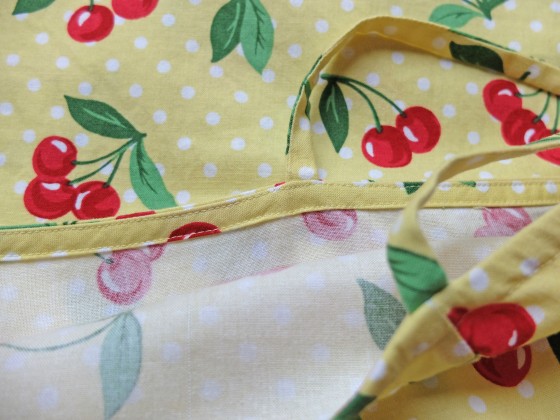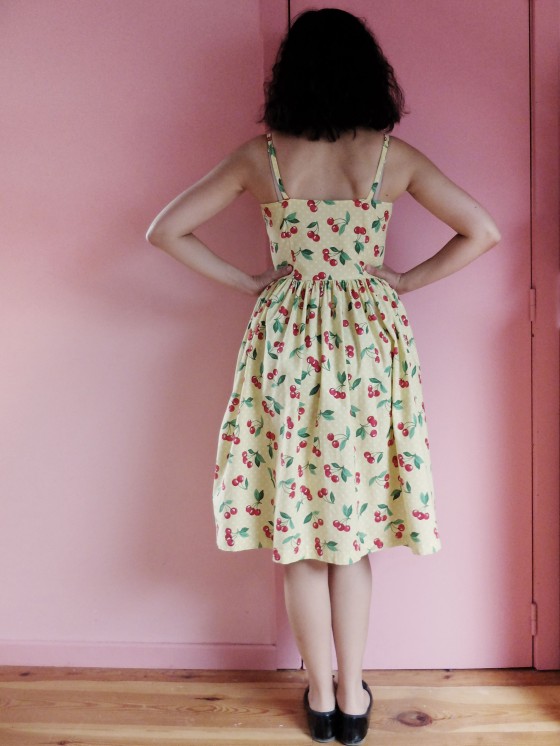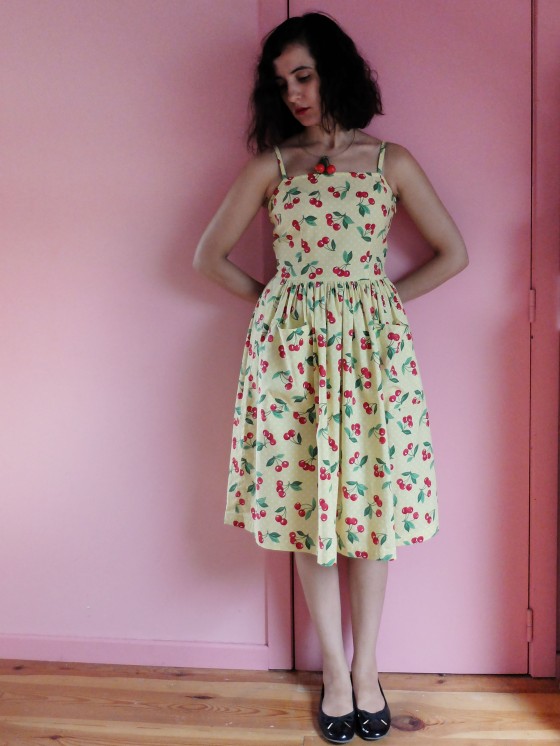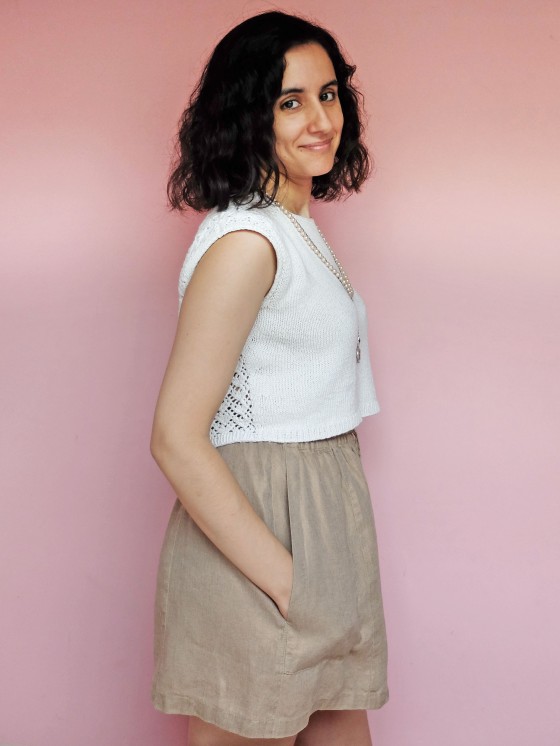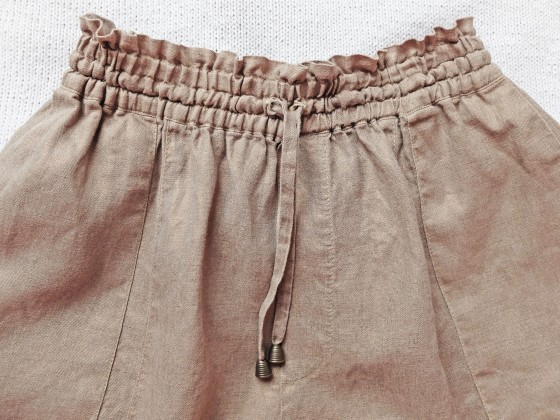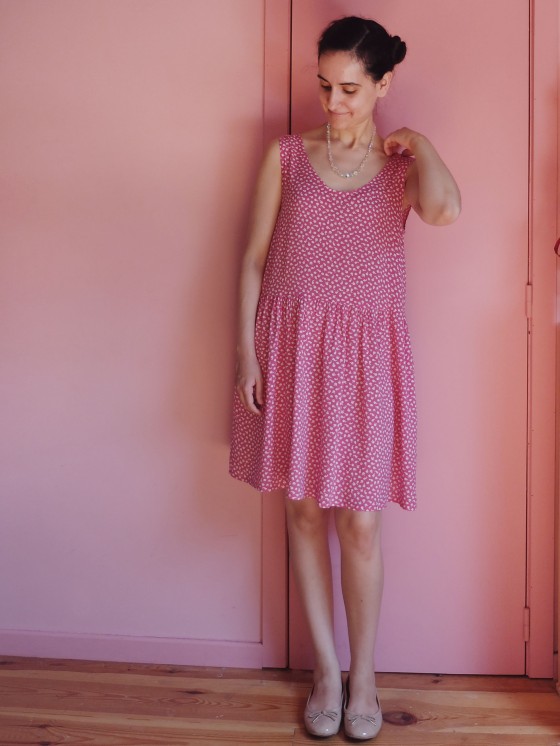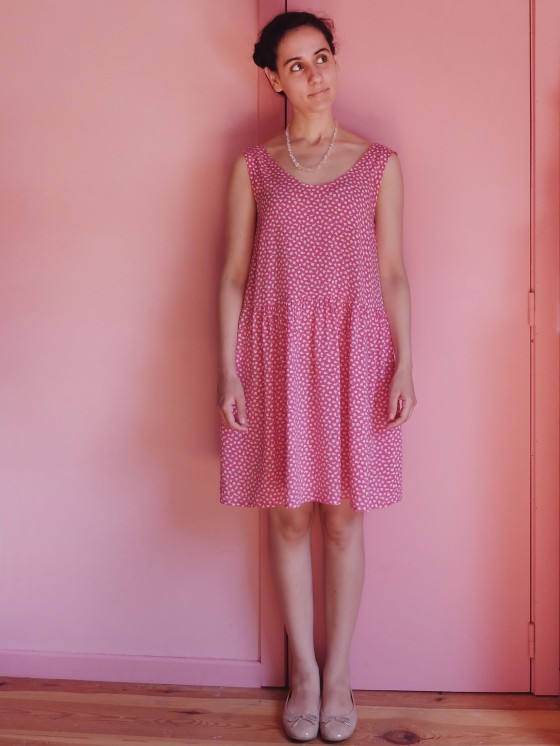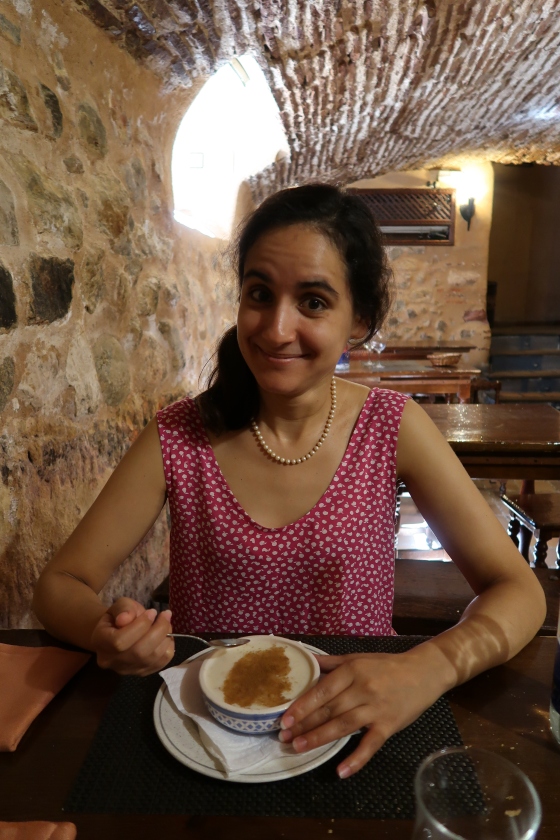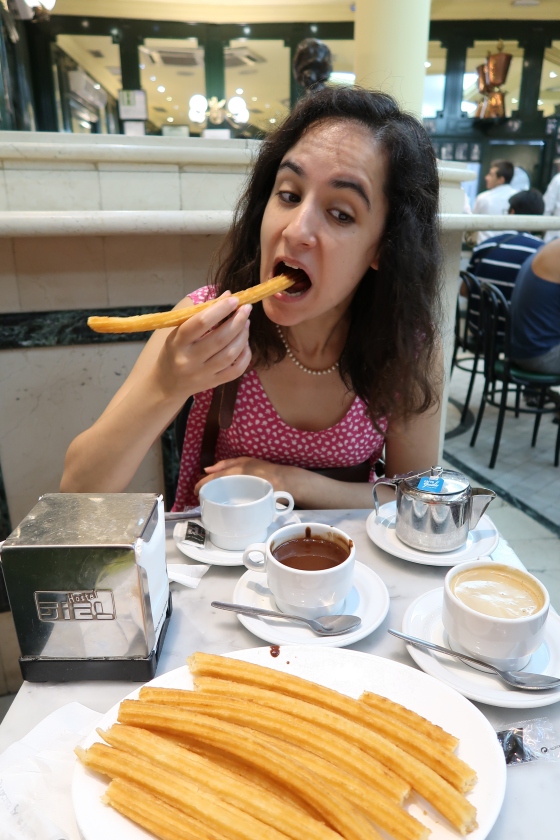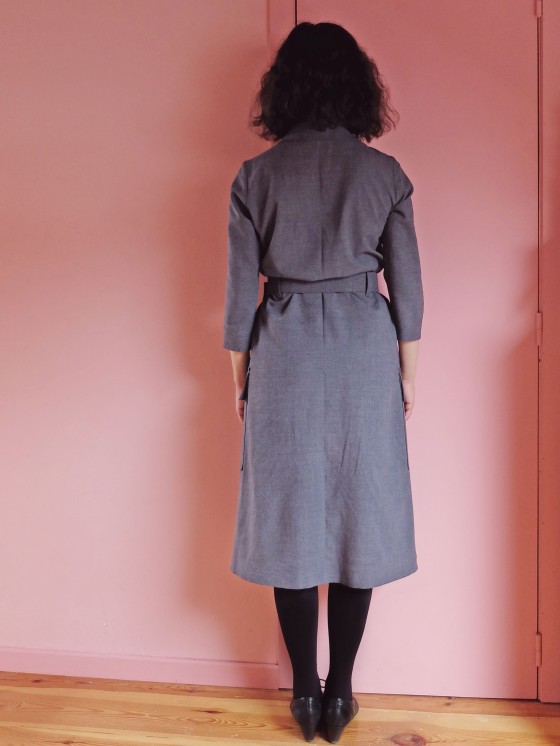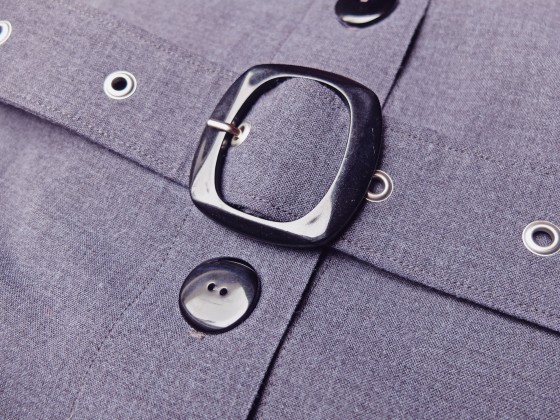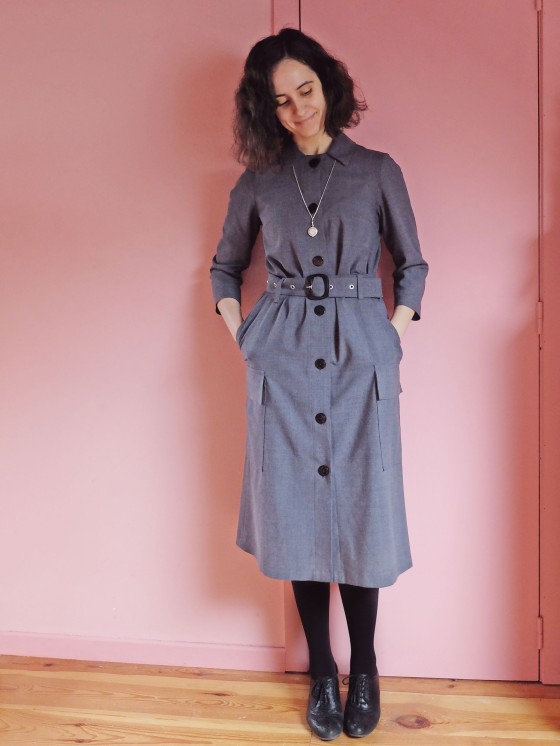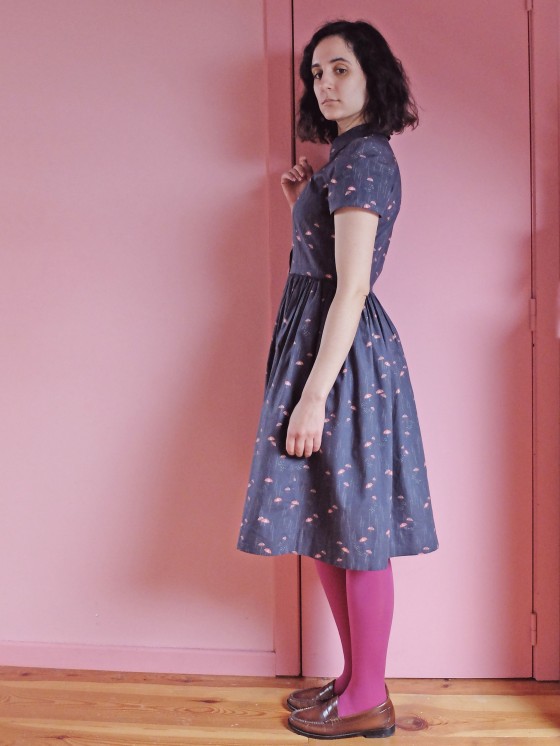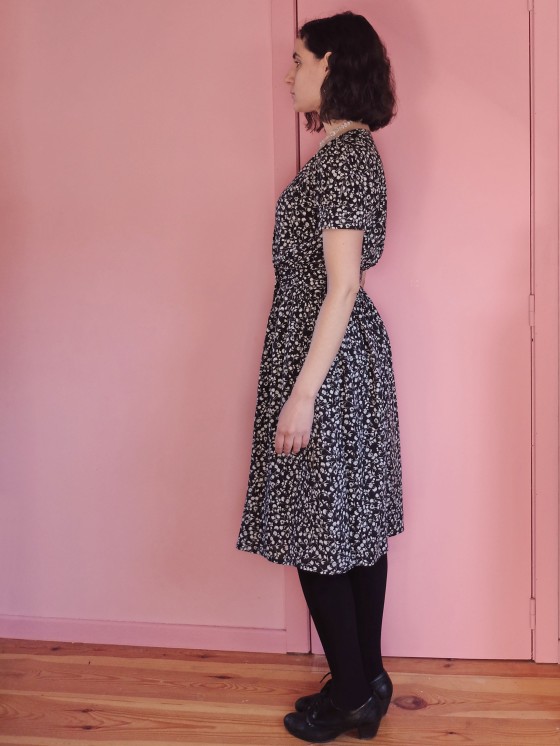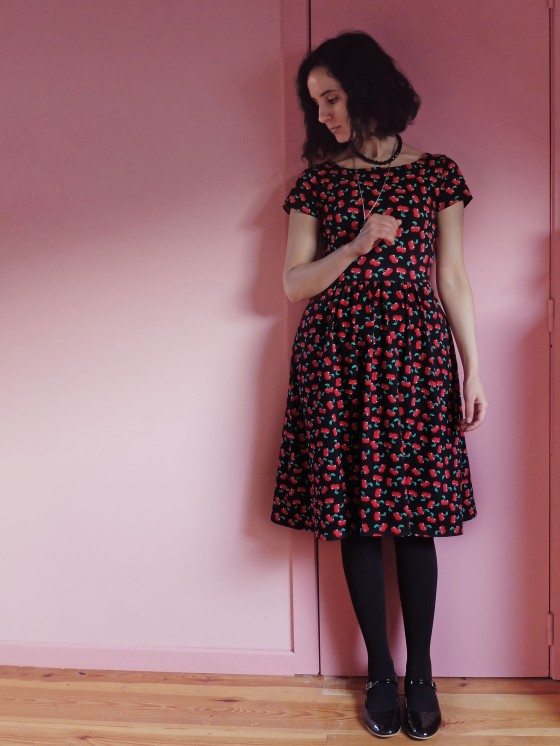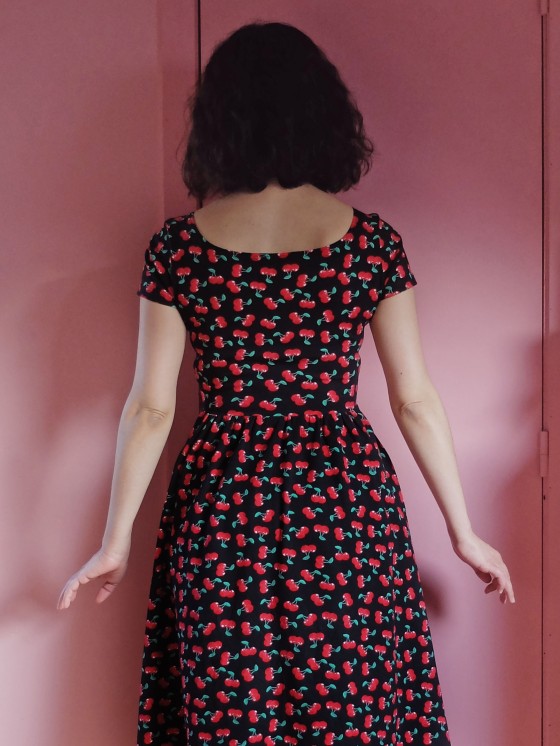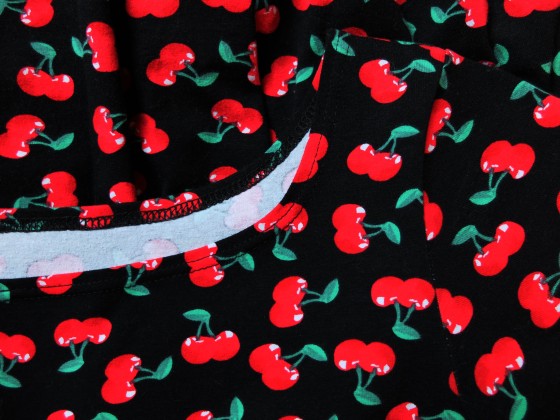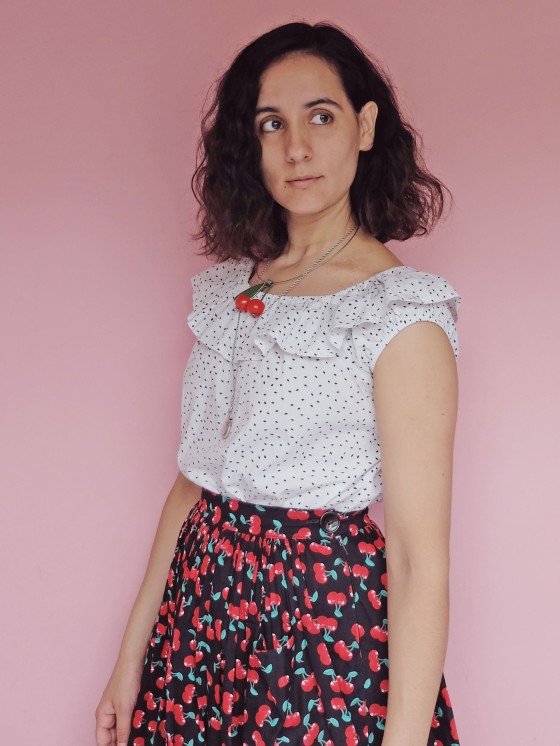 Peasant blouses are all I want to wear in (not too hot) summer, usually paired with a gathered skirt and either clogs or ballet flats. My favourite peasant blouse was a 1970s vintage one I had bought when I was a teenager, which I’ve been trying to find a replacement for since it got ruined in the wash (pro tip: don’t put a white blouse and a goose poop green cardigan in the same laundry cycle – I WAS TIRED OKAY?!).
Peasant blouses are all I want to wear in (not too hot) summer, usually paired with a gathered skirt and either clogs or ballet flats. My favourite peasant blouse was a 1970s vintage one I had bought when I was a teenager, which I’ve been trying to find a replacement for since it got ruined in the wash (pro tip: don’t put a white blouse and a goose poop green cardigan in the same laundry cycle – I WAS TIRED OKAY?!).
On the hunt for peasant blouse patterns, I discovered Butterick 4685 through Constance’s lovely versions. I immediately fell in love with the ruffle version, which is the one I chose to sew.
 I made this blouse a year ago, so I don’t really remember any details, only that it was quite easy to make and that I used bias tape inside the curved hem instead of turning the hem over as advised in the pattern. About that curved hem, I don’t think I’d include it were I to sew this pattern again. I only wear this kind of loose-fitting peasant blouse tucked into a skirt anyway (to the point that I didn’t even think to take some untucked pictures, sorry!), so straightening the hem would make more sense.
I made this blouse a year ago, so I don’t really remember any details, only that it was quite easy to make and that I used bias tape inside the curved hem instead of turning the hem over as advised in the pattern. About that curved hem, I don’t think I’d include it were I to sew this pattern again. I only wear this kind of loose-fitting peasant blouse tucked into a skirt anyway (to the point that I didn’t even think to take some untucked pictures, sorry!), so straightening the hem would make more sense.
One of the reasons why I wouldn’t wear this blouse untucked (other than the fact that I actually prefer tucking my blouses into skirts) is the way it looks from the side: you’ll have to take my word for it since I forgot to take a picture , but it makes me look like I’m pregnant (that’s a classic and I don’t really mind) front AND back (less of a classic and I do mind!). That wouldn’t stop me from sewing this pattern again, though, since it looks perfectly cute once tucked in!
 The fabric I used came from the Stoffenspektakel, as did the fabric of the skirt I’m wearing in the pictures! It’s a gathered skirt I sewed almost two years ago, but haven’t blogged because it is so simple there was no point in a whole blog post of its own. At least now I’ll have a record of it on the blog!
The fabric I used came from the Stoffenspektakel, as did the fabric of the skirt I’m wearing in the pictures! It’s a gathered skirt I sewed almost two years ago, but haven’t blogged because it is so simple there was no point in a whole blog post of its own. At least now I’ll have a record of it on the blog!
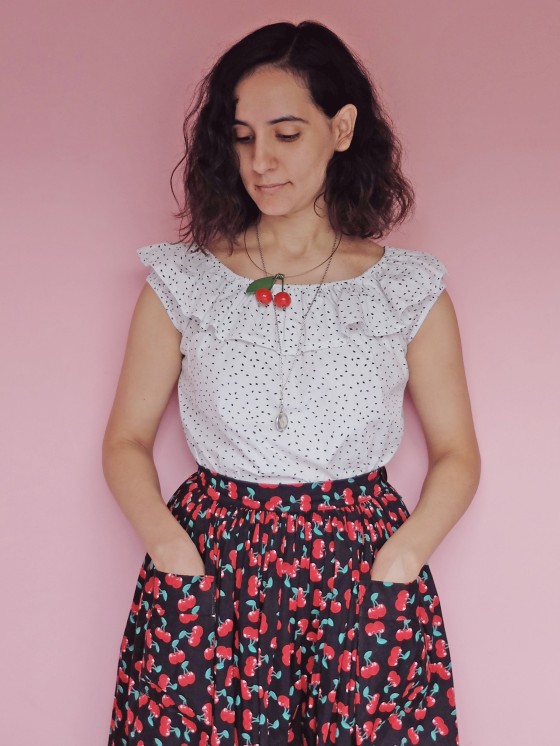 I added patch pockets with a folded top edge (you can click on the picture above to see them better) to my usual gathered skirt base. If the fabric of this skirt looks familiar, it’s because it’s the exact same print as these two jersey pieces, only in a cotton poplin this time!
I added patch pockets with a folded top edge (you can click on the picture above to see them better) to my usual gathered skirt base. If the fabric of this skirt looks familiar, it’s because it’s the exact same print as these two jersey pieces, only in a cotton poplin this time!
Man have I worn this skirt these past two years! I’ve been wearing it with or without tights, summer and winter, and the fabric has held up beautifully. But wait, does this mean I haven’t sewn a gathered skirt in almost two years?! Must. Remedy. ASAP!
